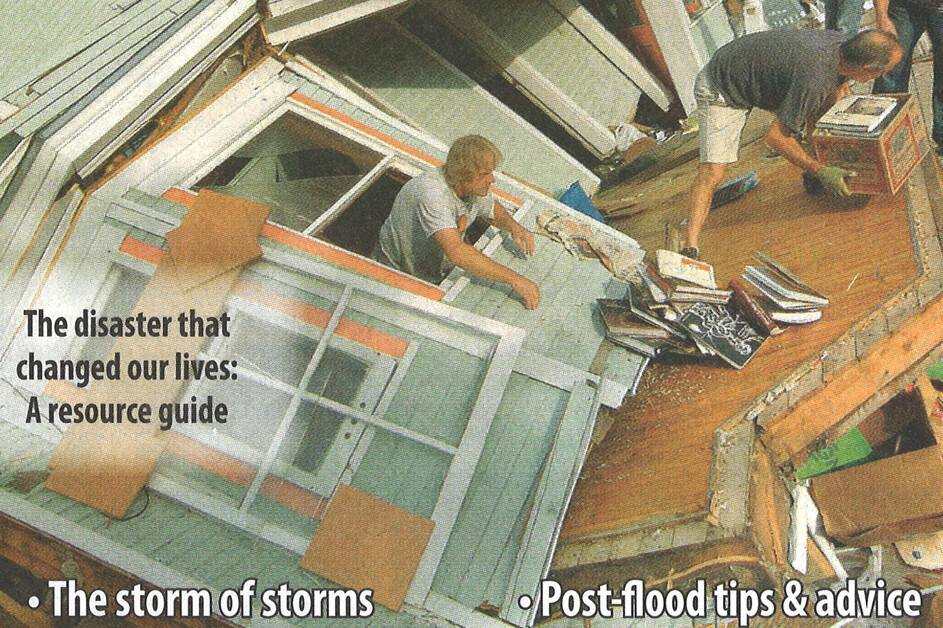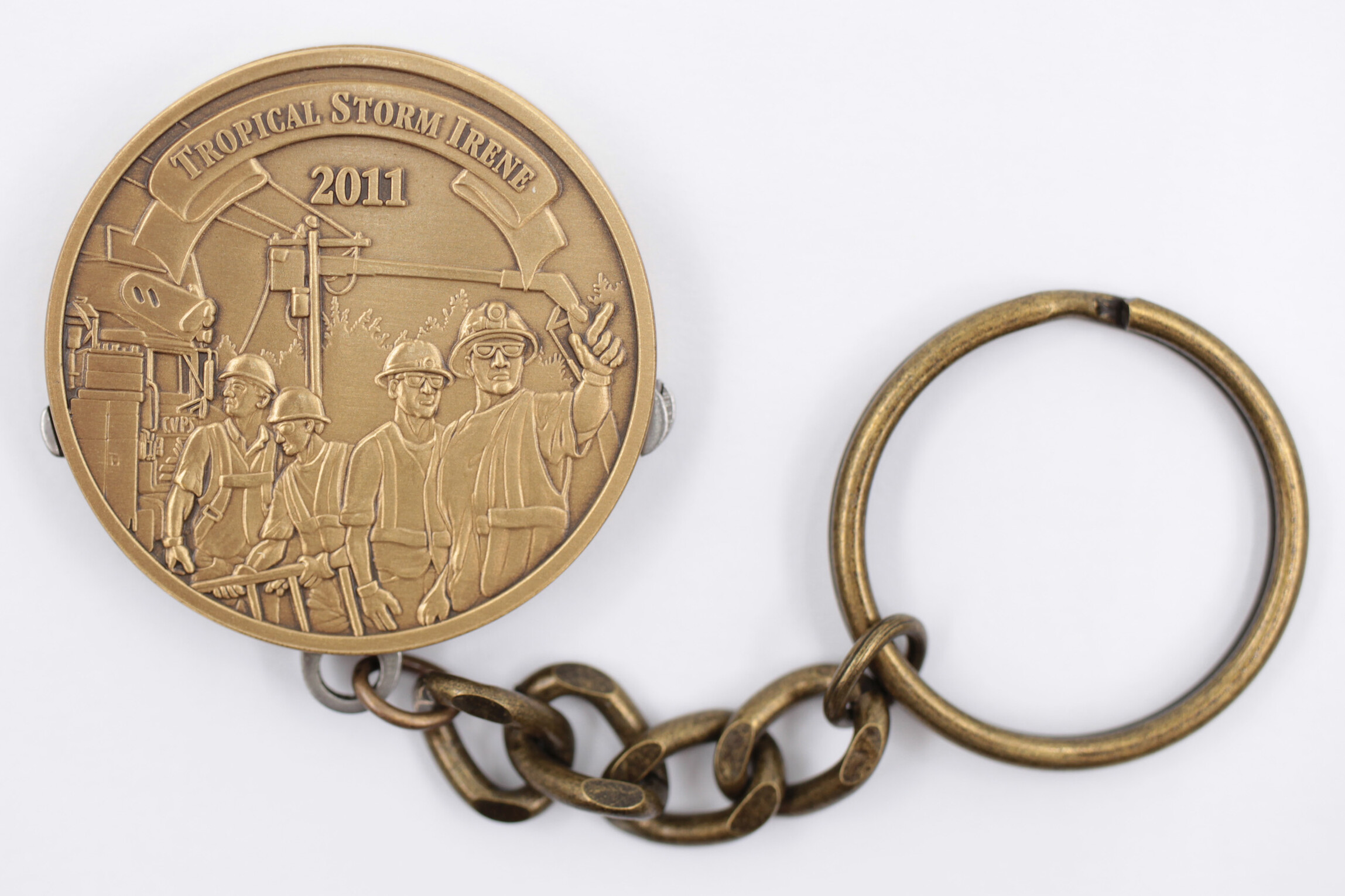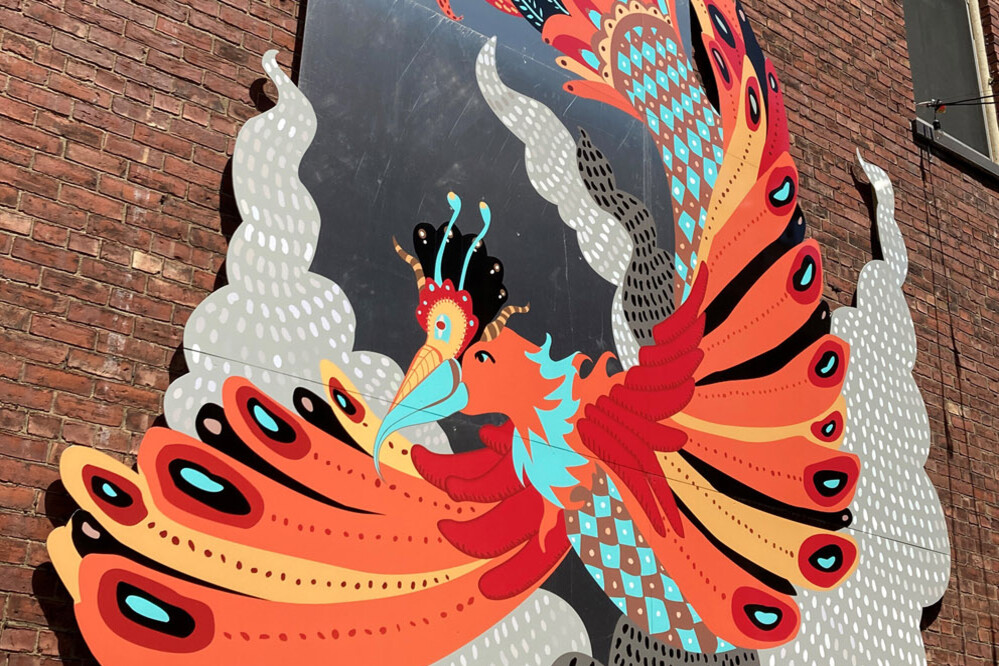Tropical Storm Irene
Why do people remember hard times?
On August 28, 2011, Tropical Storm(a strong storm with wind and rain, but not as strong as a hurricane) Irene hit Vermont. The storm was no longer a hurricane(a powerful storm with very strong winds and heavy rains) with high winds. In Vermont, water was the main problem. Many towns had more than four inches of rain. Some places had over seven inches of rain in two days. Water ran down the mountains. It turned small streams into raging rivers. Irene destroyed roads, bridges, houses and businesses. Some people lost their lives in the storm. The damages cost about $850 million to fix. This was a very difficult time in Vermont’s history.
During the storm, high water washed away pavement and broke apart bridges. The flooding damaged over 500 miles of roads and 200 bridges. The destruction cut Cavendish off from nearby towns. The National Guard used helicopters to deliver food and medicine to Wardsboro. Crews worked for a week to restore electricity to the state.
After the storm passed, Vermonters worked hard to fix the damage. Thousands of Vermonters helped their neighbors clean up mud and debris(scattered pieces of garbage left behind after destruction). People bought “Vermont Strong” license plates to support the Vermont Food Bank. Phish, a Vermont band, had a concert to raise money. Construction workers rebuilt roads and bridges in new ways, making them more resilient(ability to recover quickly after challenges) in future floods.
August 2021 marked the ten-year anniversary(the date each year when something happened) of Tropical Storm Irene. Vermonters remembered the tragic event. And they celebrated how people helped each other recover. Artist Jessica Wilson created a mural(large artwork or painting on a wall) in Waterbury. The artwork, named Phoenix(a bird in stories that burns and rises again from the ashes) Rising, represents how Vermont came back after the storm. It reminds us that hard times are challenging. But hard times can make us stronger when we work together.
Thinking About History
Historians ask questions to think deeply about history.
Students in Bethel made a book about the storm. One student wrote, “When we looked out the windows all we could see was the never-ending black rain coming down from the sky. It looked like giant ink drops were being poured out of a giant ink bottle by Mother Nature herself.” What other primary sources could historians use to learn about Tropical Storm Irene?
Tropical Storm Irene is recent history. Many Vermonters have stories about what happened during and after the flooding. What do people in your family, school, or community remember about the storm and the clean up?
An even more recent historical flooding is the flooding of July, 2023. Was your community impacted by the storm? What kind of clean up is your community taking part in? How does the recent flood compare to other historical floods in your area?
Learn More
Follow the links below to explore related topics.
Look at photographs of damaged roads and bridges from VTrans
See the track of Tropical Storm Irene before and after it hit Vermont
Listen to a podcast from the day after the storm describing the damage
Listen to a podcast about how neighbors helped each other after the storm
Watch a video about how neighbors in Pittsfield came together after the flood
Read descriptions of the storm written by students in Jane DiSanto's fourth grade class at Shaftsbury Elementary School
Learn more about the Flood of 1927
Read the article Above the Surface: Small State, Big Weather from Historic Roots Magazine
Copy and paste this citation to show where you did your research.
Vermont Historical Society. "Tropical Storm Irene." Vermont History Explorer. Accessed December 21, 2025. https://sitemap.vermonthistoryexplorer.org/tropical-storm-irene


